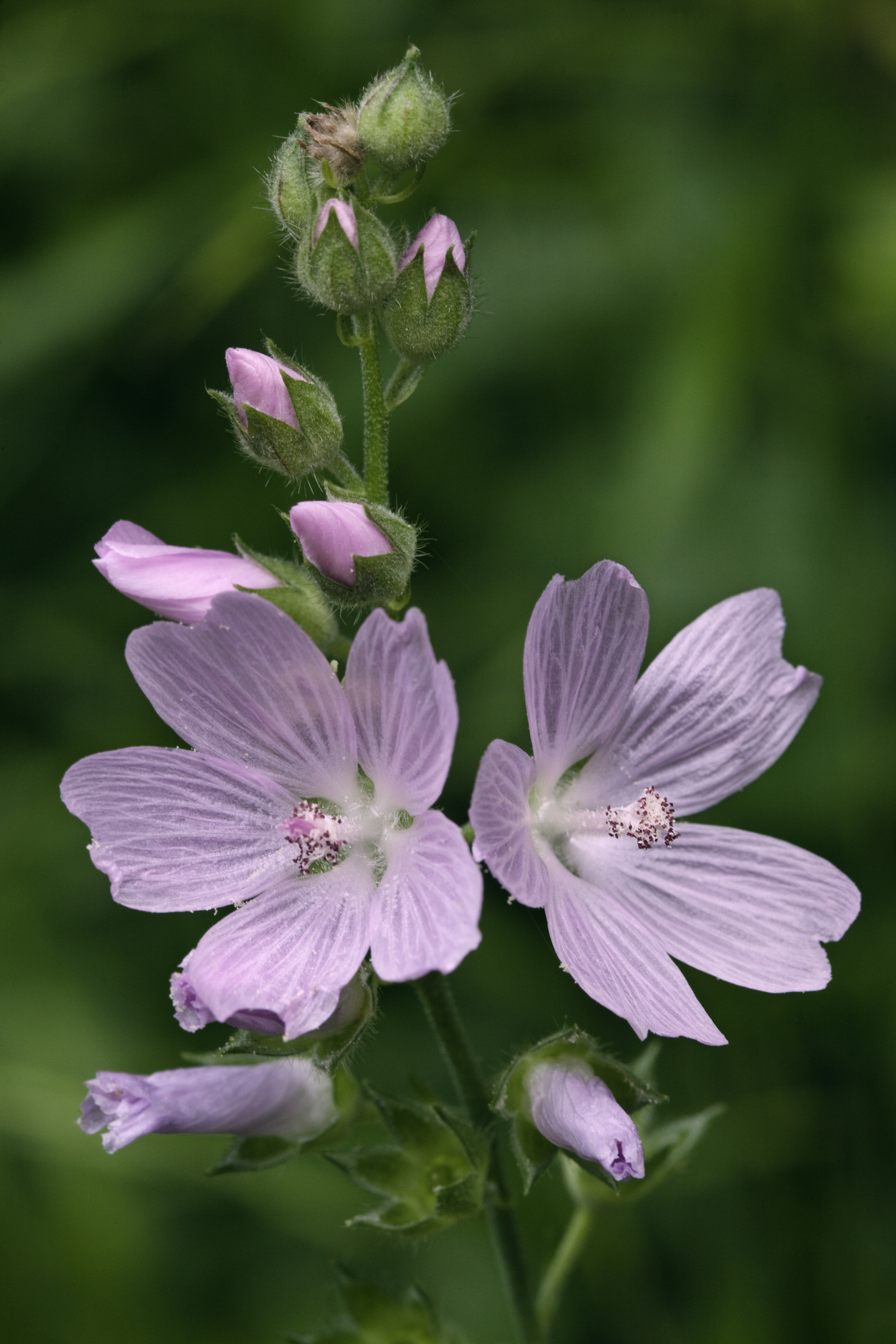Meadow checker-mallow
(Sidalcea campestris)

Description
Sildalcea campestris is a species of flowering plant in the mallow family known by the common name meadow checker-mallow. It is native only to portions of western Oregon, in the Pacific Northwest region of North America. Meadow checker-mallow occurs in grassy meadows, unplowed fields, and along roadsides in the Willamette Valley. Historically native to the following Oregon Counties: Benton, Clackamas, Douglas, Lane, Linn, Marion, Multnomah, Polk, Washington, Yamhill. Currently it is found only in the central portion of its range and is locally common in the Salem area. It is not known to occur at elevations above 250 meters. Sidalcea campestris is a taprooted perennial herb that grows from thick, stubby rhizomes. It has a basal rosette of toothed leaves. Its stems are erect and hollow. The flowers are five-petaled and numerous, with typically fifty or more per plant, forming in branched racemes atop stems. The flowers range in color from white to pink. Sidalcea campestris prefers moist, but well drained to dry soil and full sun to part shade. It is vulnerable to herbicide spraying due to population occurrences along fences and roadsides. Its small historic range is another concern. Sidalcea is a genus (approx. 25 species) of the botanical family Malvaceae. It contains several species of flowering plants known generally as checkerblooms or checkermallows, or prairie mallows in the United Kingdom. They can be annuals or perennials, some rhizomatous. They are native to West and Central North America. In mid- to late summer the clumps of toothed basal leaves produce erect flowering stems, with 5-petalled mallow-type flowers in terminal racemes, in shades of pink, white and purple. Sidalcea is generally diploid (2n = 20), but polyploidy (4n, 6n) also occurs. Annuality appears to have evolved multiple times (4+) within this genus, although an ancestral annual state with annual paraphyly is also possible. Further, evolution rates within annual Sidalcea lineages appear to be faster than those of perennial lineages, at least when examining nuclear ribosomal DNA (internal and external transcribed spacer regions).
Taxonomic tree:







